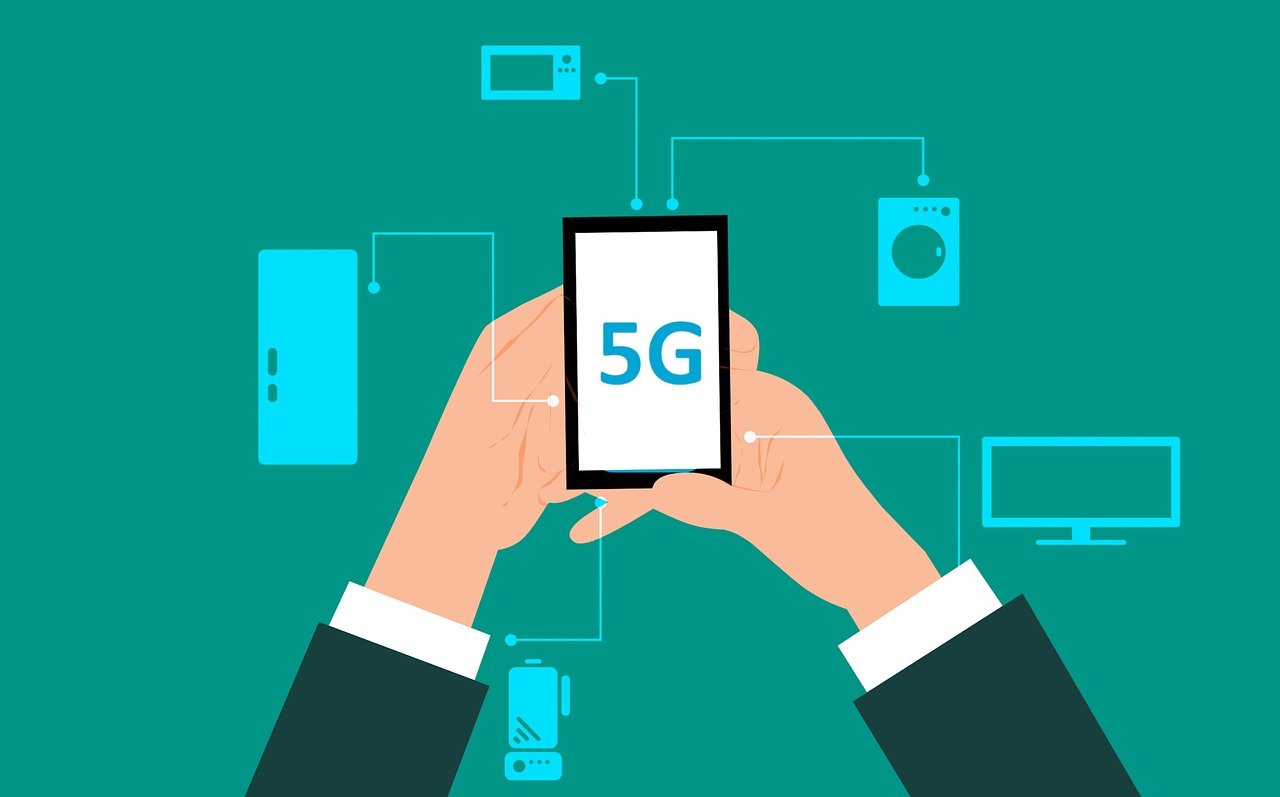On August 19, the Ministry of Industry and Information Technology held the second press conference in the series of "Industry and Informatization Development in the New Era", with the theme of "Opening the Main Artery of Economic and Social Information". XIE Cun, director of the Information and Communication Development Department of the Ministry of Industry and Information Technology, said that by the end of July, 1.968 million 5G base stations had been built and opened nationwide, and all prefecture-level cities, county-level urban areas and 96% of townships and towns had achieved 5G network coverage, and 5G mobile phone users reached 4.75 100 million households, a net increase of 120 million households over the end of 2021.
The "Dual Gigabit" network represented by 5G and Gigabit optical network has the characteristics of ultra-large bandwidth, ultra-low latency, advanced reliability, etc., and is an important component and bearing base of the new infrastructure.
The outline of the national "14th Five-Year Plan" proposes to "accelerate the large-scale deployment of 5G networks" and "promote and upgrade the gigabit fiber network".
In accordance with the decisions and arrangements of the Party Central Committee and the State Council, the Ministry of Industry and Information Technology, together with relevant departments, issued the "Dual Gigabit Network Coordinated Development Action Plan (2021-2023)" and "5G Application "Sailing" Action Plan (2021-2023)" and other series of policy documents, vigorously deploy and promote the construction and application of 5G and gigabit optical networks, and have achieved the following positive results:
First, the network construction was accelerated, and the supply capacity was significantly enhanced. The construction of 5G and gigabit fiber optic networks have been progressed in a stable and orderly manner. By the end of July, 1.968 million 5G base stations had been built and opened nationwide, and all prefecture-level urban areas, county urban areas and 96% of townships and towns had achieved 5G network coverage. 5G mobile phone users reach 475 million households, a net increase of 120 million households compared with the end of 2021; Gigabit optical network has the ability to cover more than 400 million households, and has reached all urban areas in the country, and the scale of gigabit broadband access users exceeds 65.7 million households, compared with the end of 2021. A net increase of more than 31 million households. At present, China has achieved "broadband access to every village/counties/cities",
The second is to focus on application innovation and continue to demonstrate integration and empowerment. In-depth implementation of the "Sailing" action plan for 5G applications, jointly with the Health Commission and the Ministry of Education to carry out pilot demonstrations of 5G + medical health, 5G + smart education, etc., and organized the collection of 5G application cases in the energy field with the National Energy Administration, and held the "Blooming Cup" 5G application The collection competition and the "Guanghua Cup" Gigabit Optical Network Application Innovation Competition have collected more than 50,000 5G application cases.
The third is to strengthen the coordination of departments, and the policy environment has been continuously improved. The United Nations Assets Supervision and Administration Commission issued the "Implementation Opinions on Promoting the Co-construction and Sharing of Telecommunications Infrastructure to Support the Accelerated Construction and Development of 5G Networks" to further promote the co-construction and sharing of 5G networks. At present, 97% of the newly built 5G base stations are realized by sharing existing site resources. The introduction of national standards for fiber-to-the-home has been promoted, and the construction of fiber-optic broadband facilities has been basically realized in new buildings.
In the next step, the Ministry of Industry and Information Technology will continue to promote the construction of new information infrastructure represented by 5G networks and gigabit optical networks, accelerate the in-depth integration of "dual gigabit" networks with various fields and industries, and continuously consolidate the “digital base” for high-quality economic and social development.





